Borderline Personality Disorder (BPD) affects approximately 5.4% of Canadians. Despite its relatively high prevalence, misconceptions about the condition often lead to fear or ridicule. People with BPD can internalize these attitudes, causing them to believe their personalities are "broken" or unworthy. BPD Awareness Month is observed every May in the United States and is an essential opportunity to increase understanding and compassion around the disorder.
The History of BPD Awareness Month
The United States House of Representatives passed House Resolution 1005 in 2008 to recognize May as BPD Awareness Month. This landmark decision followed years of advocacy by the National Education Alliance for Borderline Personality Disorder (NEABPD).
The term "borderline" was initially coined by psychoanalyst Adolf Stern in the 1930s. At the time, BPD was perceived as a condition lying between psychosis (loss of touch with reality) and neurosis (stress-related symptoms). The condition gained formal recognition as a diagnosable mental health disorder in 1980 when it was added to the third edition of the Diagnostic and Statistical Manual (DSM-III). Since then, research into BPD has grown exponentially, leading to increased understanding and advocacy.
How to Observe BPD Awareness Month
Observing BPD Awareness Month is about promoting education and empathy. BPD is classified under Cluster B personality disorders, alongside antisocial, histrionic, and narcissistic personality disorders. It is characterized by unstable moods, self-esteem issues, and erratic behavior. The fear of abandonment is a common trigger, often resulting in unstable relationships.
Here’s how you can observe BPD Awareness Month and support those living with this misunderstood condition:
- Celebrate Strengths: People with BPD often feel highly vulnerable, particularly if they grew up in emotionally invalidating environments. Despite their struggles, they also possess significant strengths like strong empathy, curiosity, courage, boldness, and a deep capacity for love.
- Encourage Education: Since over 5% of Canadians have BPD, many people know someone with the disorder. Encourage your friends to reach out to loved ones with BPD and provide a supportive network, crucial to recovery.
- Read and Watch Educational Content: Understanding BPD can start with reading books and watching movies that depict the condition. They offer both scientific insights and personal stories.
YMHC Resources for BPD
Youth Mental Health Canada (YMHC) provides valuable resources that can aid individuals living with BPD and their families. Here are some that can be particularly helpful during BPD Awareness Month:
- Beneath the Surface: This workbook offers self-exploration exercises and Dialectical Behavior Therapy (DBT) strategies, which are vital for emotional regulation. It includes Wise Mind activities, problem-solving, and understanding the emotional iceberg.
- Sources of Support for Mental Wellness: Focuses on building self-awareness and understanding the language of mental health, creating personalized wellness plans, and finding appropriate support networks.
- Creating a Personal Mental Wellness Action Plan: Guides individuals to recognize warning signs, triggers, and coping mechanisms while creating a tailored mental wellness plan.
- The Feelings Wheel: An interactive booklet that helps individuals identify, understand, and articulate their emotions. It fosters emotional intelligence and helps develop coping strategies.
- Coping with Stress: This booklet provides tools to recognize stress triggers and manage overwhelming emotions.
Why BPD Awareness Month is Important
BPD Awareness Month is crucial for dispelling myths and providing accurate information about the disorder. Approximately 10% of individuals with BPD die by suicide, making education and support essential to saving lives. Without treatment, the risk of suicide can significantly increase.
BPD Facts
- BPD is more prevalent in women than in men.
- Childhood trauma increases the risk of BPD.
- People with BPD often report their symptoms lessening with age.
- DBT is one of the most common treatments.
- Many individuals with BPD remain undiagnosed.
More Resources
- Canadian Mental Health Association
- National Education Alliance for Borderline Personality Disorder
- Now Matters Now
If you or a loved one needs help, contact YMHC today for resources and support. Let's work together to raise awareness, celebrate strengths, and build a compassionate community around those living with BPD.

